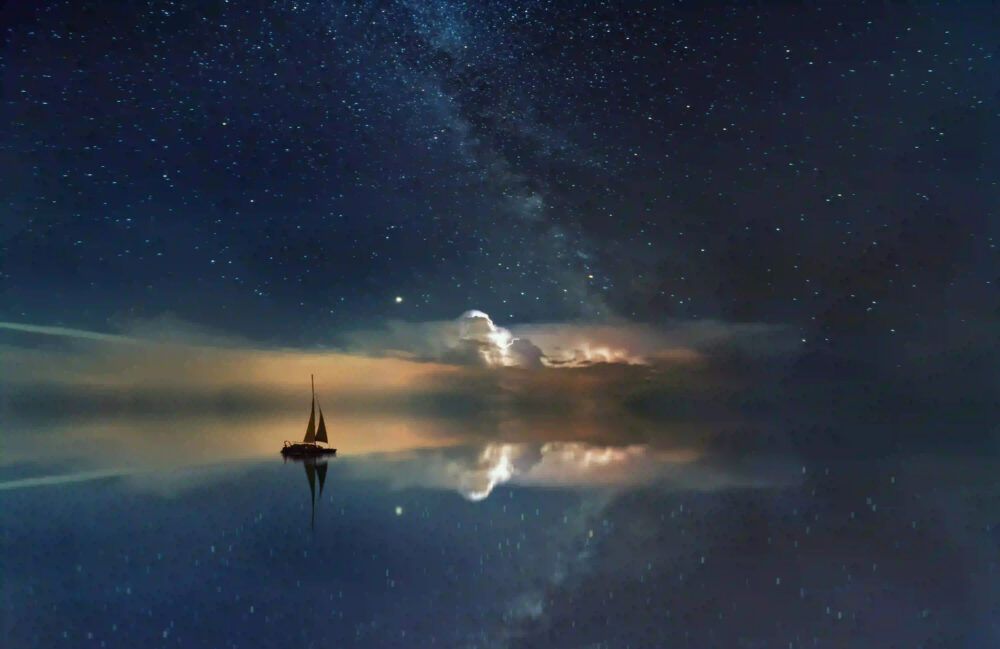In the realm of entertainment, epic fantasies have long captured the hearts and imaginations of audiences around the world. From the mythical lands of Middle-earth in “The Lord of the Rings” to the fantastical continent of Westeros in “Game of Thrones,” the allure of richly imagined worlds brought to life on screen has enthralled viewers with their grandeur, intrigue, and boundless possibilities. As fans eagerly await the next saga to unfold on film or television, the art of adapting these sprawling narratives from page to screen stands as a monumental task that requires meticulous care, creative vision, and a deep reverence for the source material.
The Challenge of Adaptation: Balancing Fidelity and Innovation
Adapting an epic fantasy world to the visual medium of film or television is a herculean endeavor fraught with challenges and opportunities alike. The task of translating the intricate tapestries of a literary universe onto the screen demands a delicate balance between fidelity to the original text and the imperative to innovate and reimagine the narrative for a new audience. Filmmakers and showrunners must navigate the labyrinthine depths of lore, character dynamics, and thematic resonance inherent in epic fantasies, distilling their essence into a cohesive visual experience that resonates with both devoted fans and newcomers alike.
In the age of digital effects and cinematic spectacle, the canvas upon which epic fantasies are painted has expanded exponentially, allowing for the realization of fantastical realms and creatures once deemed impossible to bring to life. From the breathtaking vistas of distant lands to the awe-inspiring feats of magic and warfare, the visual medium offers a platform for storytellers to craft immersive worlds that beckon viewers into a realm of wonder and awe. However, with this newfound creative freedom comes the challenge of maintaining the thematic integrity and emotional depth that define the core essence of the source material.
Crafting Iconic Characters: From Page to Screen
Central to the success of any epic fantasy adaptation is the faithful portrayal of iconic characters who populate the narrative landscape, each bearing a distinct voice, arc, and presence that resonates with audiences on a profound level. From noble warriors and cunning rogues to enigmatic sorcerers and tragic anti-heroes, the ensemble cast of a fantasy epic serves as the beating heart of the story, guiding viewers through the tumultuous arcs of triumph, tragedy, and transformation that define their journeys.
In translating these beloved characters from the pages of a novel to the screen, actors, directors, and writers must capture the essence of their personalities, motivations, and inner conflicts with nuance and authenticity. The casting of these roles is a critical juncture in the adaptation process, requiring a keen eye for talent, chemistry, and artistic vision to ensure that the characters leap off the screen with vitality and resonance. Through skilled performances, deft direction, and faithful scriptwriting, the characters of an epic fantasy come to life in vivid detail, forging emotional connections with viewers that endure long after the credits roll.
World-Building: The Foundation of Epic Fantasies
At the core of every epic fantasy lies a meticulously crafted world that serves as the backdrop for the unfolding narrative, a living, breathing entity teeming with history, culture, and myth. Whether it’s the sprawling kingdoms of a high fantasy epic or the gritty urban sprawl of a dark fantasy saga, the art of world-building is a cornerstone of the genre, offering a canvas upon which storytellers can paint tales of heroism, betrayal, and redemption.
In adapting these fantastical realms to the visual medium, production designers, art directors, and visual effects artists play a pivotal role in bringing these landscapes to life with verisimilitude and grandeur. Through intricate set design, stunning CGI effects, and meticulous attention to detail, the worlds of epic fantasies are imbued with a sense of immersion and authenticity that transports viewers to realms beyond their wildest imagination. From the towering spires of ancient citadels to the shadowed alleyways of forbidden cities, each locale in an epic fantasy serves as a character in its own right, shaping the narrative and evoking a sense of wonder and adventure.
The Evolution of Epic Fantasy on Screen: Looking to the Future
As the landscape of film and television continues to evolve, so too does the art of adapting epic fantasies for the screen, presenting new opportunities for innovation, collaboration, and storytelling prowess. With the rise of streaming platforms, anthology series, and interactive media, the boundaries of traditional storytelling are being pushed to new frontiers, allowing for greater exploration of the fantastical realms and narrative possibilities that define the genre.
In the coming years, fans can anticipate a wealth of new adaptations and original creations that promise to redefine the landscape of epic fantasy on screen, from ambitious multi-season sagas to standalone epics that delve into uncharted territories of myth and magic. As filmmakers and showrunners embark on these creative odysseys, they carry with them the legacy of past adaptations, the spirit of artistic innovation, and the enduring power of storytelling to transport, inspire, and captivate audiences across the globe.
As epic fantasies continue to enthrall audiences with their grandeur, complexity, and emotional resonance, the art of adapting these sprawling narratives to film and television stands as a testament to the enduring power of storytelling. Through faithful characterization, immersive world-building, and innovative storytelling techniques, filmmakers and showrunners breathe life into these fantastical worlds, inviting viewers on a journey of wonder, adventure, and discovery. As we eagerly await the next epic saga to grace our screens, we celebrate the boundless creativity, imagination, and artistry that define the realm of epic fantasy on screen.
